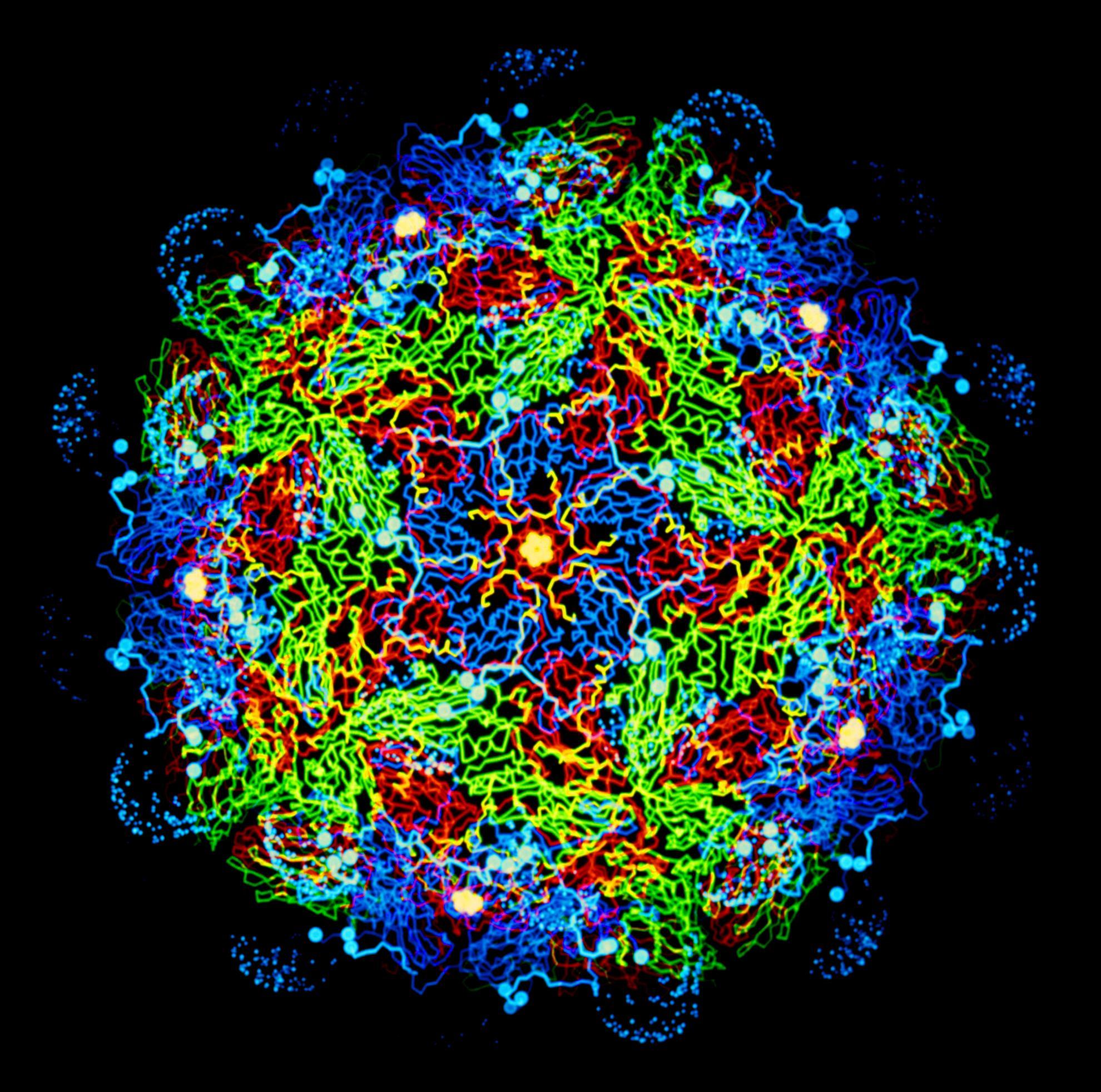Normal variation in thermal radiated temperature in cattle: implications for foot-and-mouth disease detection
Background: Thermal imagers have been used in a number of disciplines to record animal surface temperatures and as a result detect temperature distributions and abnormalities requiring a particular course of action. Some work, with animals infected with foot-and-mouth disease virus, has suggested that the technique might be used to identify animals in the early stages of disease. In this study, images of 19 healthy cattle have been taken over an extended period to determine hoof and especially coronary band temperatures (a common site for the development of FMD lesions) and eye temperatures (as a surrogate for core body temperature) and to examine how these vary with time and ambient conditions. Results: The results showed that under UK conditions an animal's hoof temperature varied from 10 C to 36 C and was primarily influenced by the ambient temperature and the animal's activity immediately prior to measurement. Eye temperatures were not affected by ambient temperature and are a useful indicator of core body temperature. Conclusions: Given the variation in temperature of the hooves of normal animals under various environmental conditions the use of a single threshold hoof temperature will be at best a modest predictive indicator of early FMD, even if ambient temperature is factored into the evaluation.

